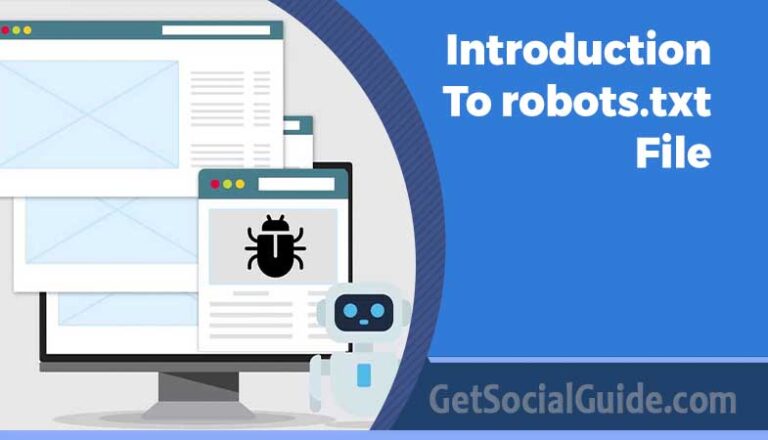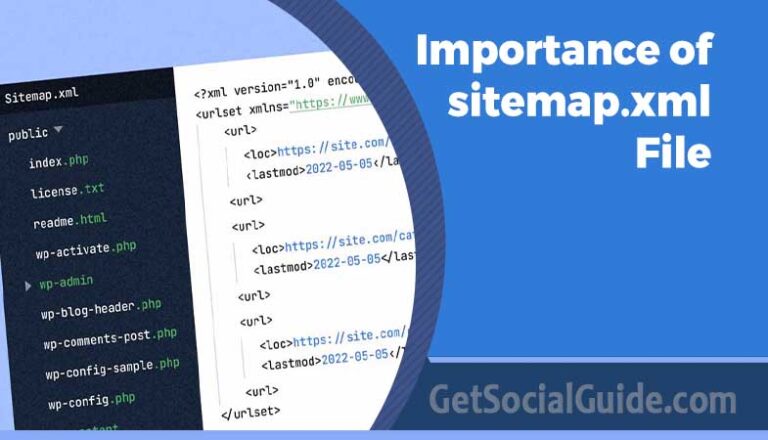Top 5 Steps You Should Follow Before You Start Your Web Design
A stellar design doesn’t just focus on what a beautiful visual interface looks like. Besides, it combines a well-thought-out strategy with a design and development process to achieve the purpose for which it was built.
There are over a billion websites on the Internet today. Some are, of course, very popular, while others are unclear. Some are created better than others; some serve a wider audience than others; some are updated more frequently and accurately than others, and so on. You get the idea – the popularity of your website is continuously influenced by factors.
But popularity and success are not necessarily the same thing. So if you want to build a website, how do you achieve it? How to attract the desired kind of visitors and make them convert in the desired way? This is a complicated procedure, and the exact steps you need to take will vary depending on your topic and audience.
However, it is possible to summarize the process with five general “mega-steps” valid for each site. No matter what website you create, there are some basic rules for complying with your site.

Step #1. Goal identification
At this initial stage, the designer needs to define the website design’s final goal, usually in close collaboration with the client or other stakeholders.
Some of the questions to research and answer at this stage of the website design and development process include: Who is this website intended? What do they expect to find or do there? The primary purpose of this website is to inform, sell (eCommerce, someone?) Or entertain?
Should the website communicate the main brand message, or is it part of a broader branding strategy with its focus? What competitor websites exist, and how should this website inspire/differentiate from these competitors?
This is an essential part of any web development process. If there are no clear answers to these questions in the letter, the whole project may be headed in the wrong direction.
It can help write down one or more well-defined goals or a summary of the expected goals in a single paragraph. This will help put the design on the right track. Make sure you understand the target audience of the website and familiarize yourself with the competition.
Step #2. Research, ideas & sketch
This step is always the most difficult. When I started this industry, I jumped into Photoshop and started designing. I can’t stress enough how wrong this is. It is best to start with paper.
Take some time and start sketching out any ideas that come to mind. You don’t have to be able to draw. You can start with a circle; then, your thoughts will flow naturally. You may be on your way to work in a taxi, and you may have a creative idea. Please write it down.
Create a bookmark folder called project. Start researching, and then keep some sites you think are essential. Do not copy exact elements or ideas, as this is considered plagiarism.
Check the websites of your competitors correctly. Please take a look at all the local and international competitors and find out about their content. What do they all have in common? Here’s what to add to your site. What are they missing? You can improve it on your website.
Step #3. Sitemap and wireframes
A sitemap gives an impression of the information architecture of a website. By creating a sitemap before the actual design phase, you can plan for more effective site navigation.
Wireframes are the backbone of a well-designed website. It forms the basis for the website’s visual design and the content elements and serves as a guide for the final design of the website. The sitemap and wireframes are like the blueprint for your website that forms the last website’s building blocks.
The wireframe and sitemap also serve as a guide for distributing and posting content on a website. The design can target the most significant websites, such as pages that mainly interact with customers, like add to cart and custom order pages, which receive essential instructions from customers through the WooCommerce pre order integration into the WooCommerce store.
Content bins are designed to improve the performance and achieve the goals of the website. There are several prototyping tools that you can use to create a wireframe for your site.

Step #4. Style Tiles
Creating style sheets is very important because it presents your website’s image, mood, and tone according to your client’s visual preferences that you have discussed in the past. These aspects help you make choices about how to use design elements, and the customer understands.
Assembling style sheets translate your website’s mood, mood, and tone based on what you have learned from your customer’s needs.
This will help you make choices about how to use the design elements, and the customer understands. The process becomes flexible, easy to maintain, and consistent.
Designing stylesheets show your customer the skin of your website. Instead of designing your fully designed website in a specific style, you can now update your style sheets quickly and efficiently to your liking.
Step #5. Prototype
Now that you’ve decided on your wireframe and style boards, all you have to do is combine them. As soon as you see it, you can see what your site will look like. Prototyping is synonymous with creating a website model before making an actual website.
Apply style sheets to the layout, customizing the user experience, and ensuring that the project is easy to use.
This step is vital to assess whether the website is meeting the customer’s needs and expectations. You can even share your prototype with users to test your interactivity and usability.
This is where you can clarify any changes and items that need improvement. This process can take some time depending on how many cycles it and the user/customer will take to get the final polished design.
That’s All
By now, you should have an idea of the best process for a successful website design. By following this workflow, you can now plan your website ahead of time, avoid hurdles that might block your workflow, and most importantly, avoid time-consuming projects.




Awesome explanation
thanks keep reading and sharing
Appreciate the recommendation. Will try it out.
sofia recently posted…contrast and compare iphone and ipod touch
very informational post you wrote, I read it regularly on the other hand your images are also looking nice,